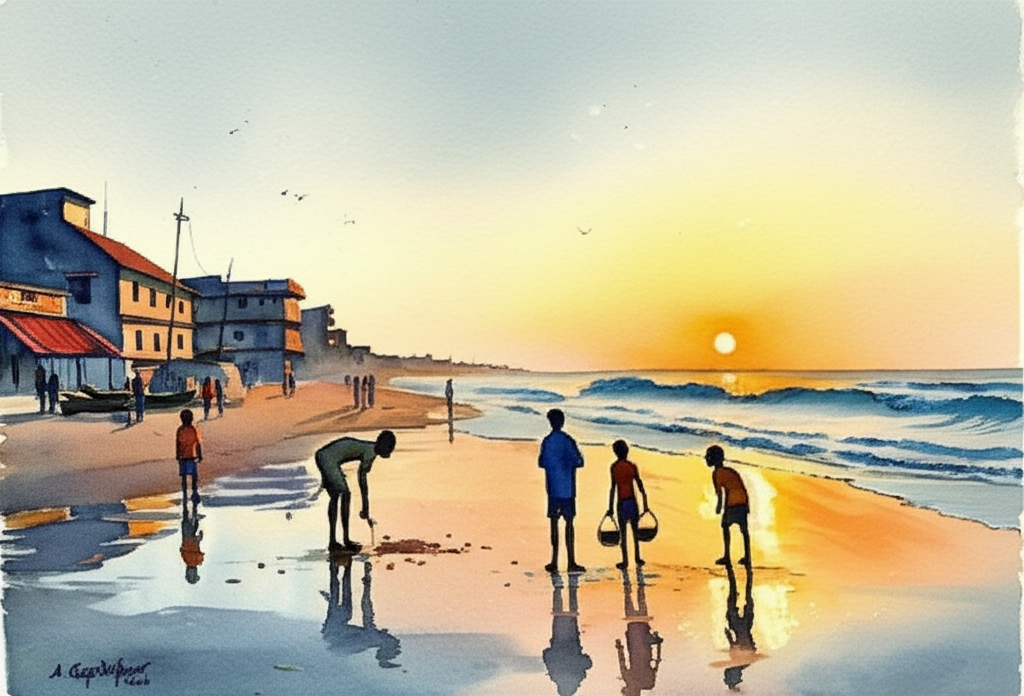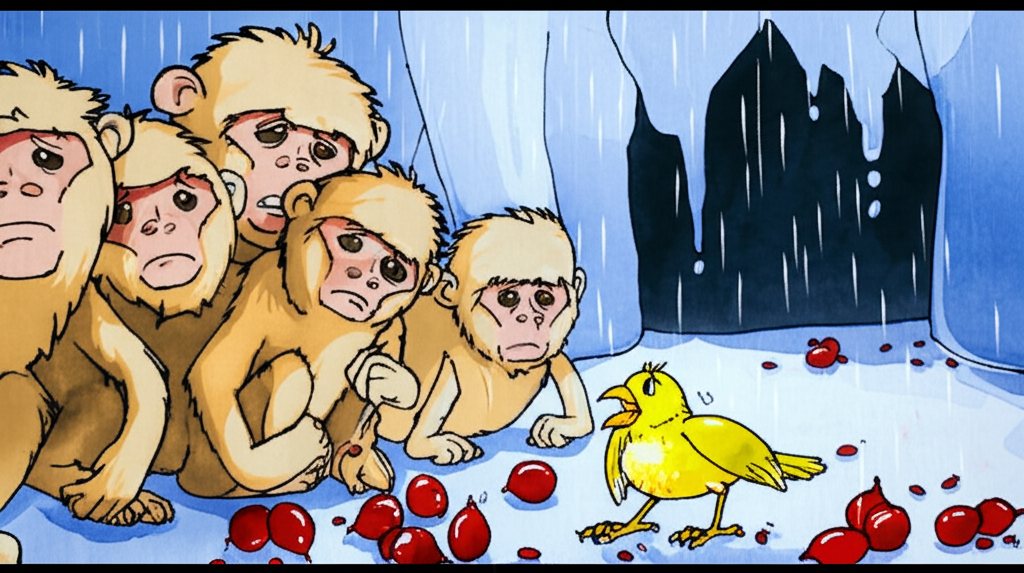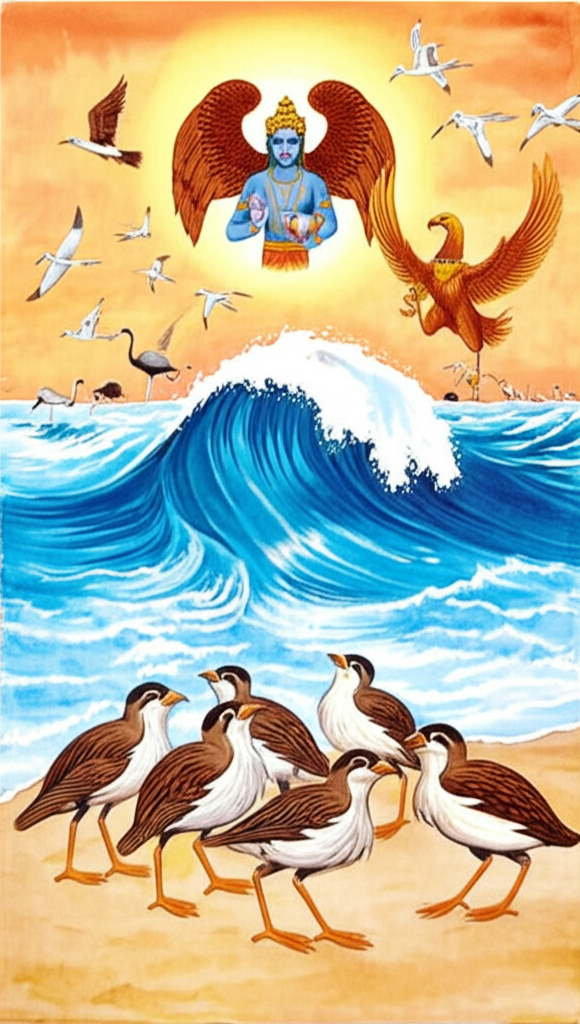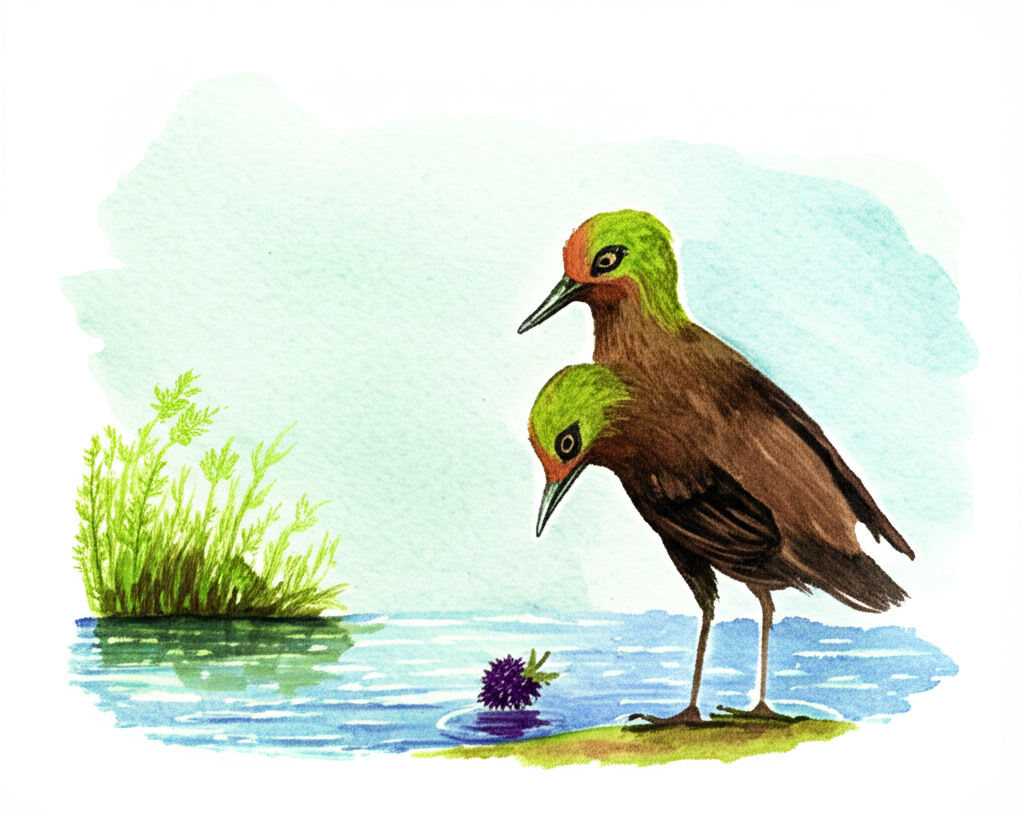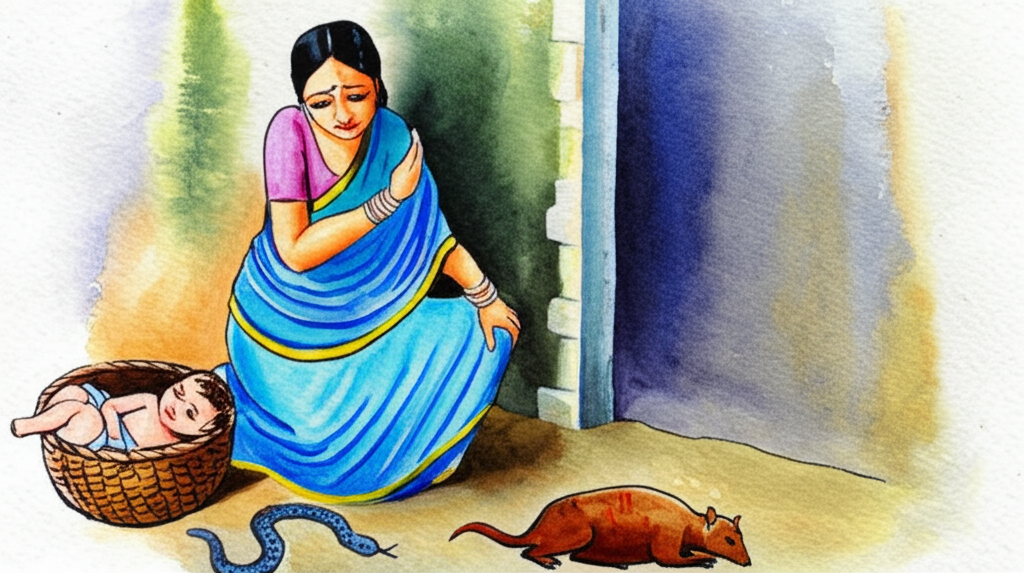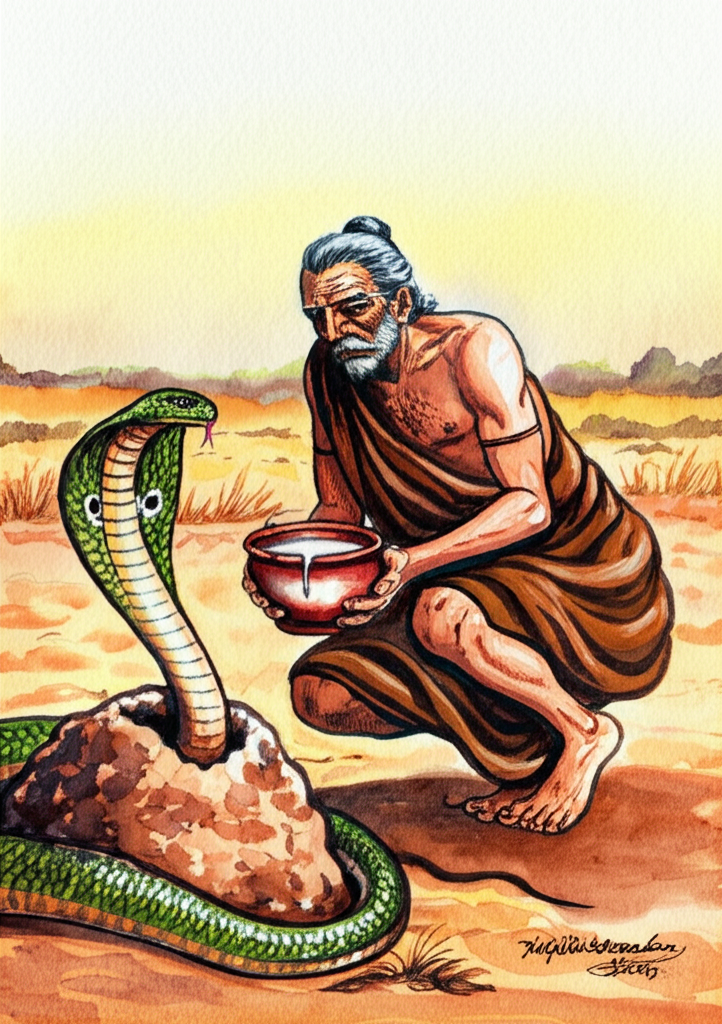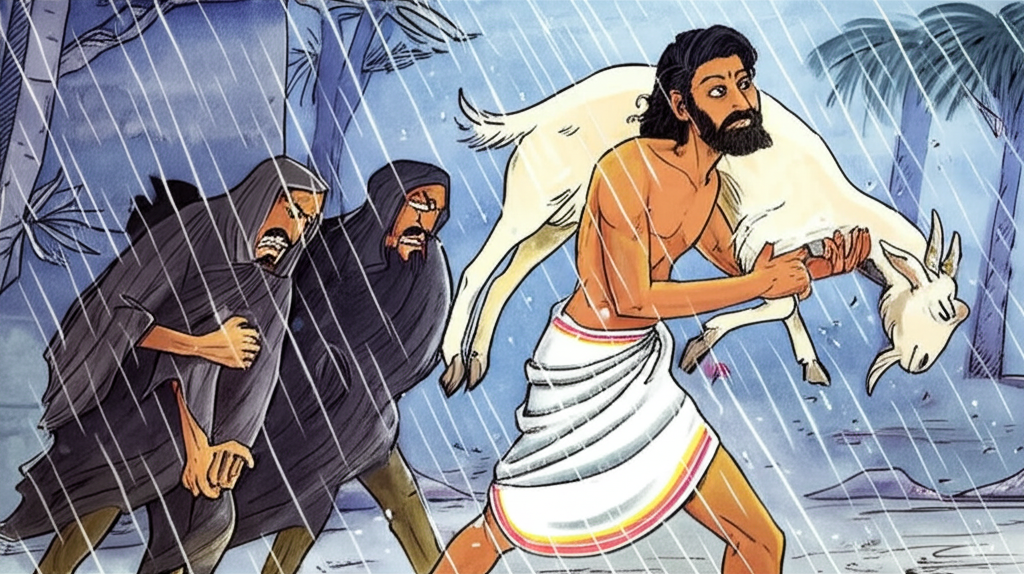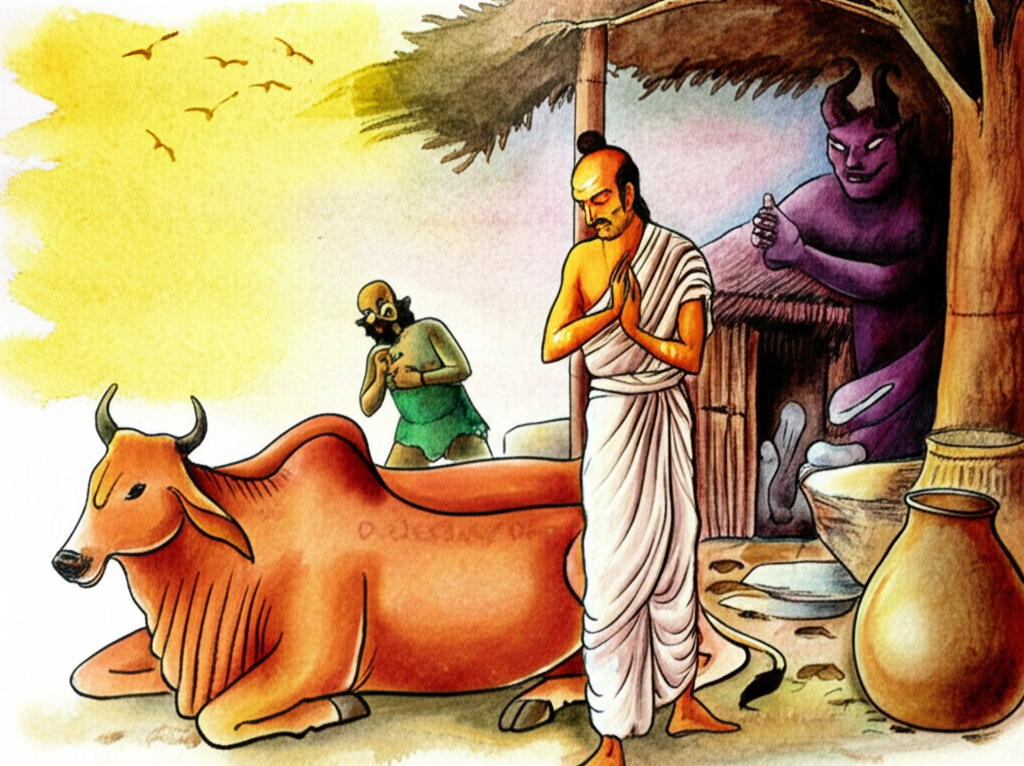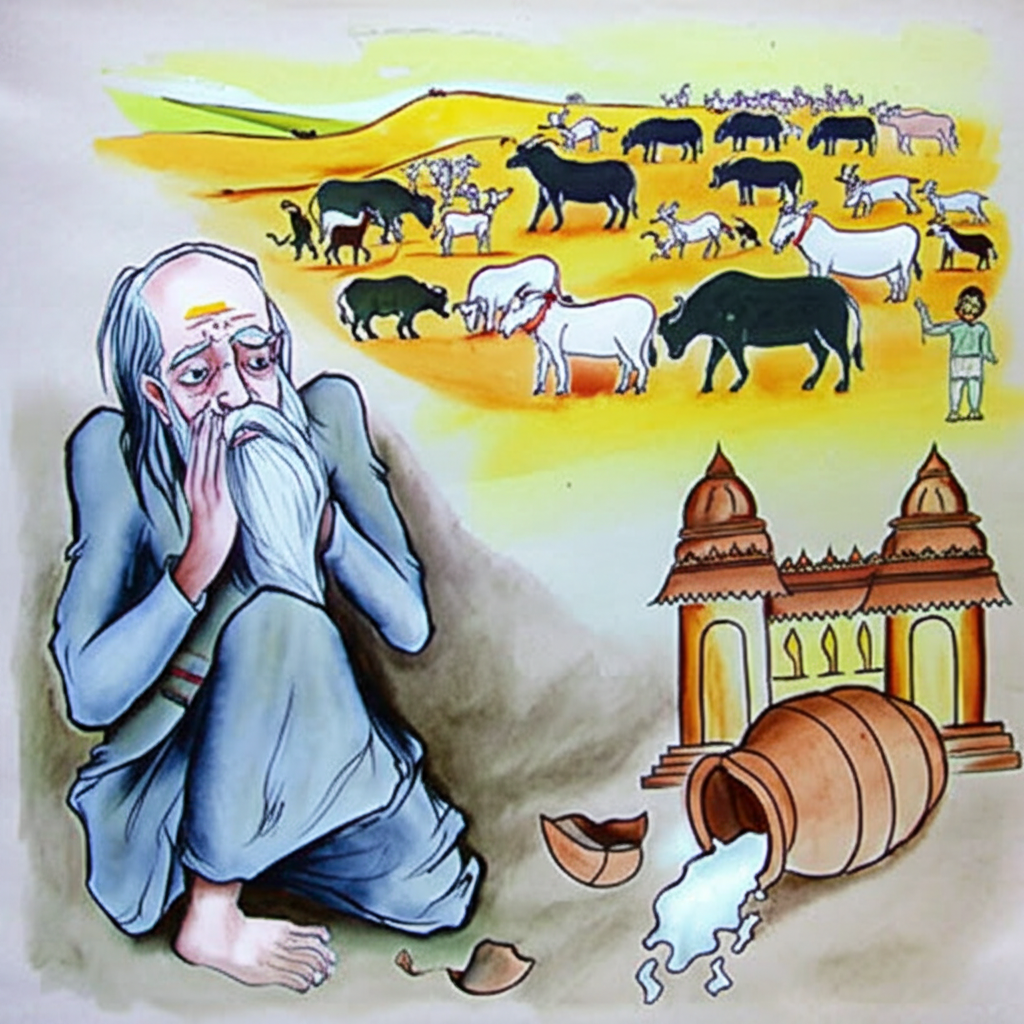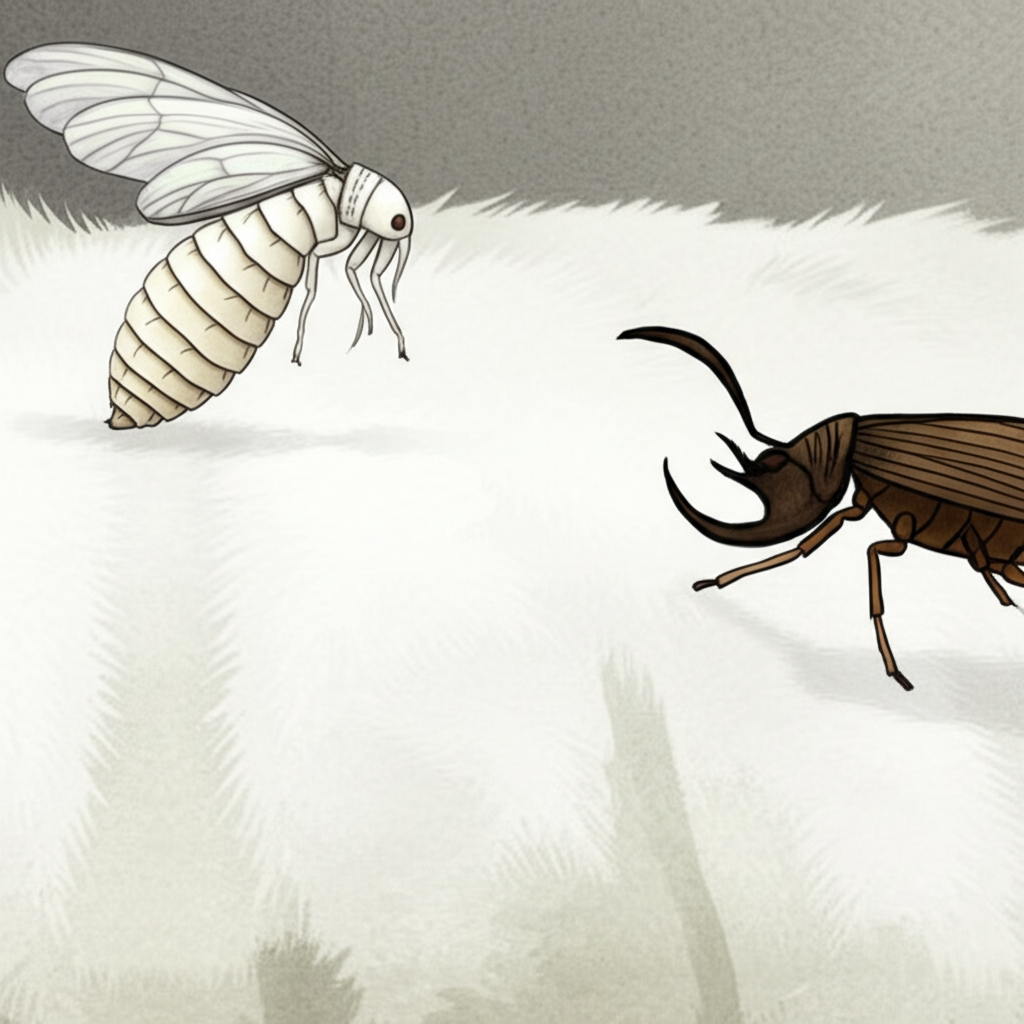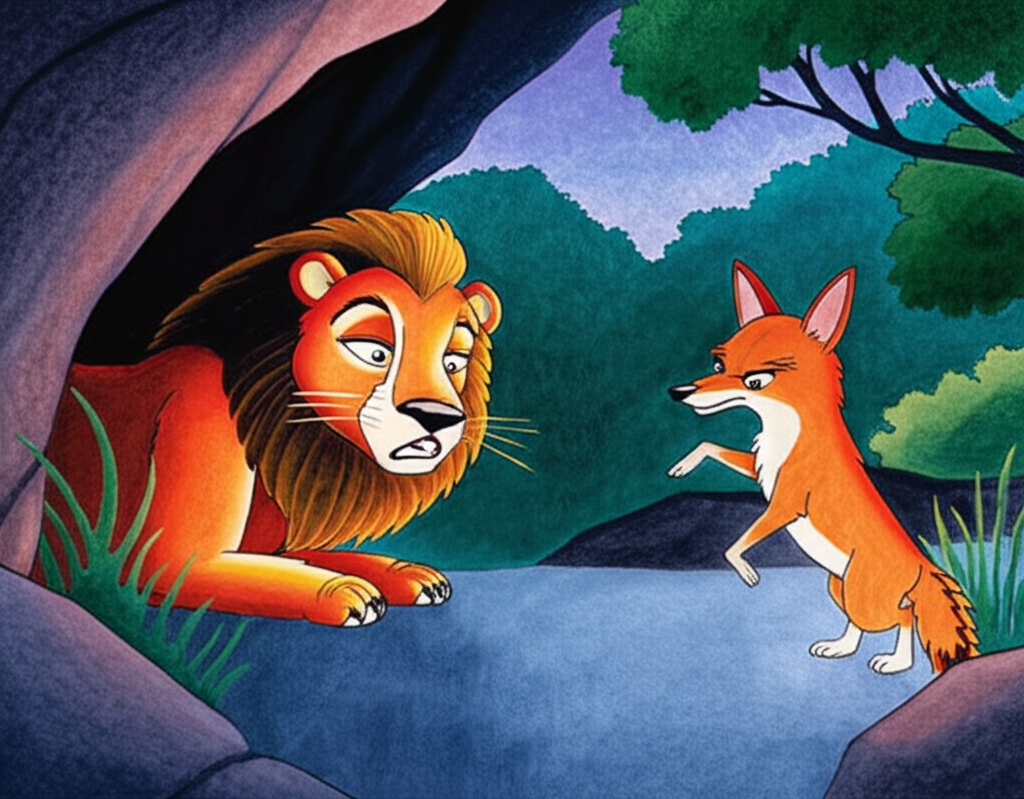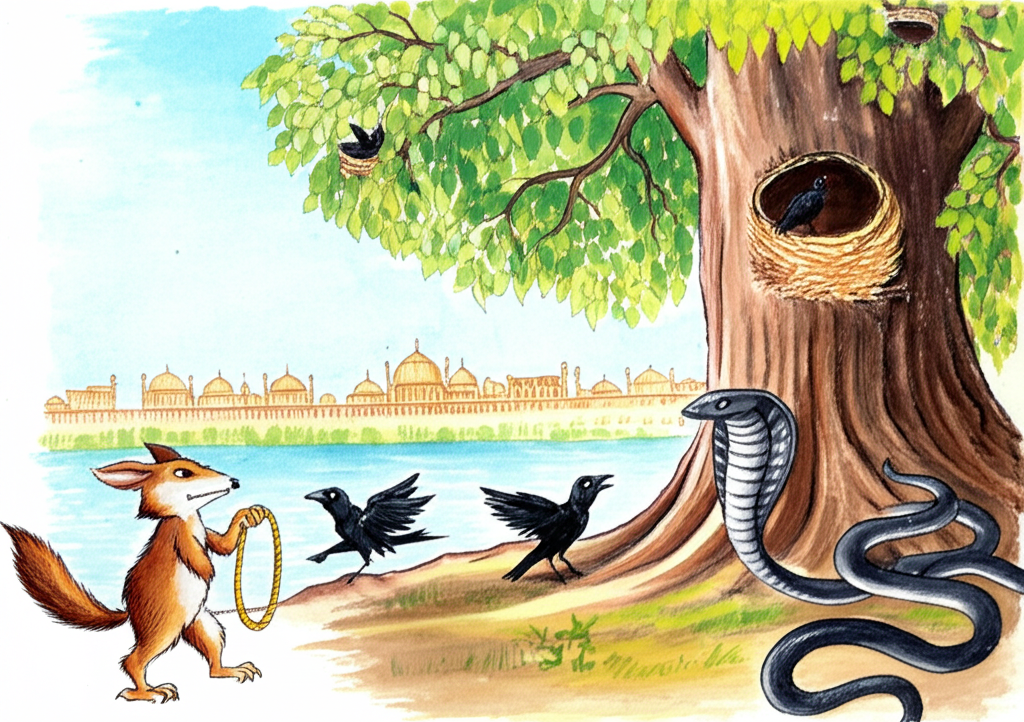Posts
01 Jan 0001
A Lac of Rupees for a Bit of Advice
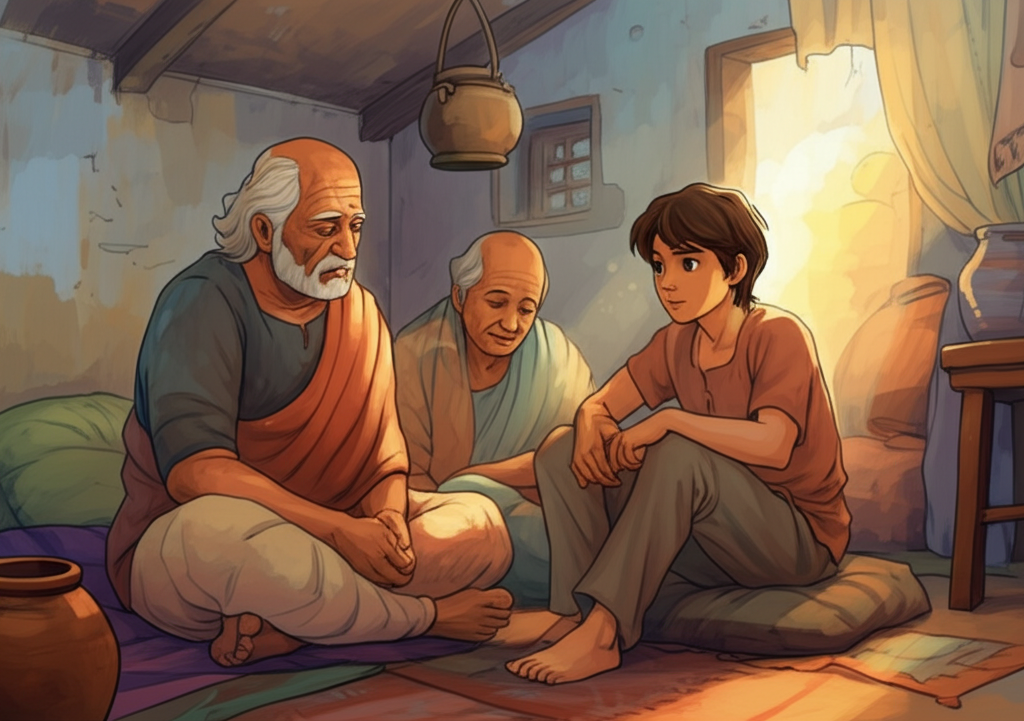
Once upon a time, there was a poor, blind dad and mom who depended on their son to help them get by. Every day, the son would go out and ask people for food. He did this for a long time, but he got really tired of living such a tough life. So, he decided to try his luck in a different place.
01 Jan 0001
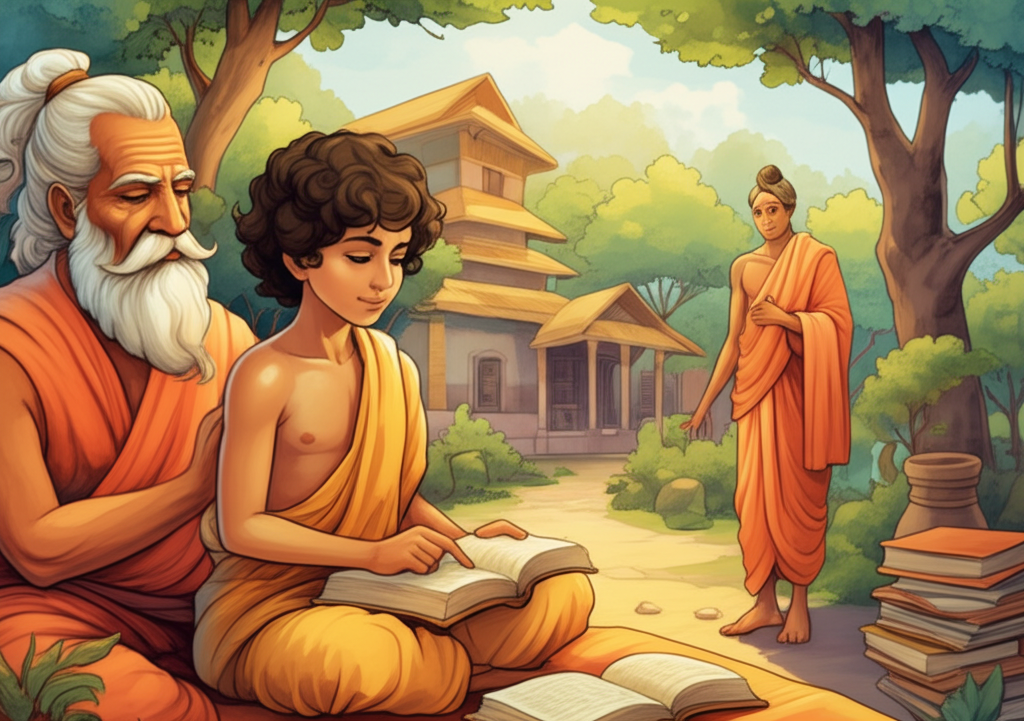
Once upon a time, a long, long time ago, when King Brahma-datta was in charge of Benares, the future Buddha was born as his son! When it was time to give the little prince a name, they called him Prince Brahma-datta. He grew up big and strong, and when he turned sixteen, he went to a special school called Takkasila. There, he learned all sorts of amazing things. After his dad, the king, passed away, he became the new king and promised to be fair and kind to everyone.
01 Jan 0001
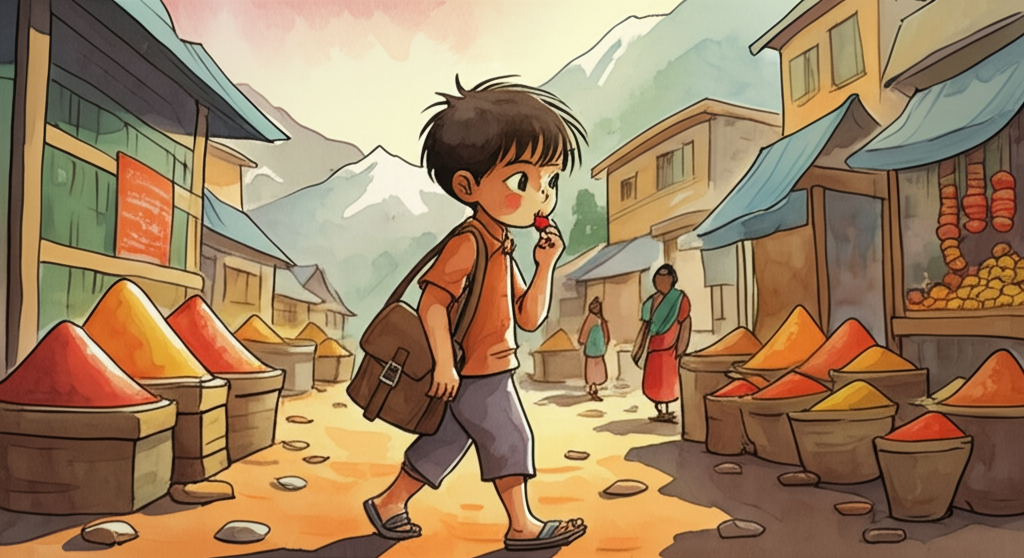
One day, when Rakesh was six years old, he walked home from the Mussoorie market eating cherries. They tasted a little sweet and a little sour. They were small, bright red cherries that had traveled all the way from the Kashmir Valley.
In the Himalayan hills where Rakesh lived, there weren’t many fruit trees. The ground was rocky, and the cold winds didn’t let most plants grow very big. But on the slopes that weren’t as windy, there were forests of oak and deodar trees.
01 Jan 0001
01 Jan 0001
Once upon a time, there were two super strong wrestlers! One was even stronger than the other, and he had a daughter named Ajit. The other wrestler didn’t have any kids. They didn’t live in the same town, but their towns were pretty close.
One day, the wrestler without a daughter heard about the wrestler with the daughter. He decided he wanted to wrestle him to see who was the strongest! So, he went to Ajit’s dad’s town. When he got to their house, he knocked and said, “Hello? Is anyone home?” Ajit answered, “Yes, I’m here!” and she came outside. The wrestler asked, “Where’s the wrestler who lives here?” Ajit said, “My dad took three hundred carts to the forest to get wood. He’s pulling them himself because he couldn’t find enough horses or cows to help!” The wrestler was super surprised. He said, “Wow, your dad must be REALLY strong!”
01 Jan 0001
Once upon a time, there was a barber named Hím, and he was super poor. He had a wife and twelve kids – five boys and seven girls! Sometimes he would earn a little bit of money. One day, he was feeling really grumpy and left his family to figure things out on their own. “What can I do?” he said to himself. “I don’t have enough money to buy food, and my kids are crying because they’re hungry!” So he walked and walked until he got to a jungle. It was nighttime. This jungle was called the “Tigers’ Jungle” because only tigers lived there. No birds, no bugs, no other animals – just four hundred tigers! As soon as Barber Hím got to the jungle, he saw a big tiger walking around. “Oh no!” he cried. “This tiger is going to eat me for sure!” He grabbed his razor and the leather strap he used to sharpen it and started making his razor really sharp. Then he walked right up to the tiger, still sharpening his razor.
01 Jan 0001
Once upon a time, there was a barber named Hím who was very, very poor. He lived with his wife and a whole bunch of kids – twelve of them! Five were boys and seven were girls. Sometimes he would earn a little bit of money. One day, he felt super grumpy and left his home, leaving his wife and kids to take care of themselves.
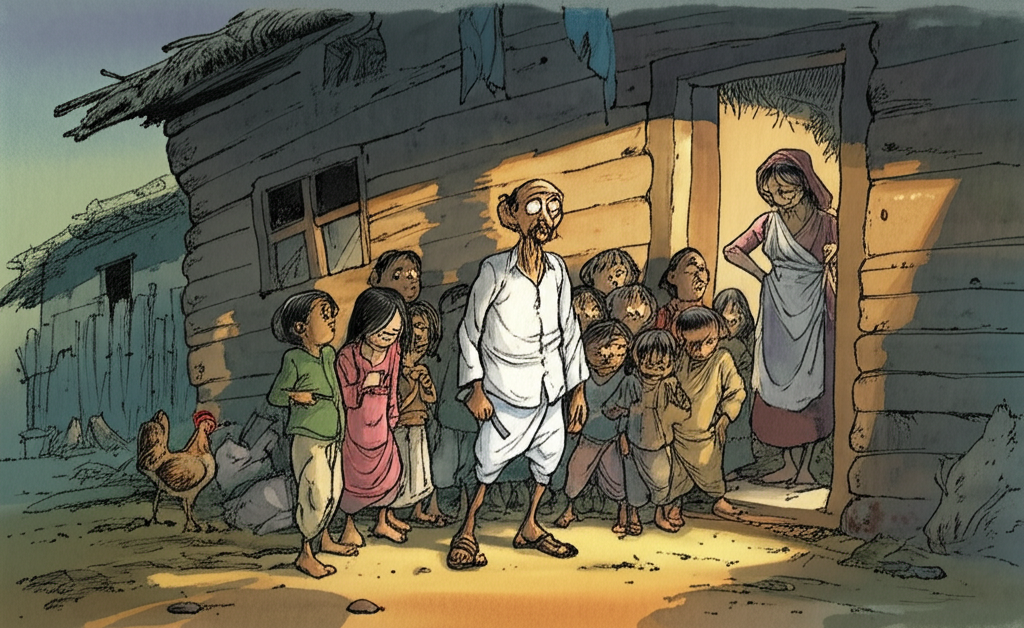
01 Jan 0001
01 Jan 0001
01 Jan 0001
01 Jan 0001
01 Jan 0001
01 Jan 0001
01 Jan 0001
01 Jan 0001
01 Jan 0001
Once upon a time, there was a king called Manikbasa, the Ruby King, who had seven wives and seven kids. One sunny day, he told his wives he was going on a fun hunting trip! He rode his horse super far away from his fancy palace.
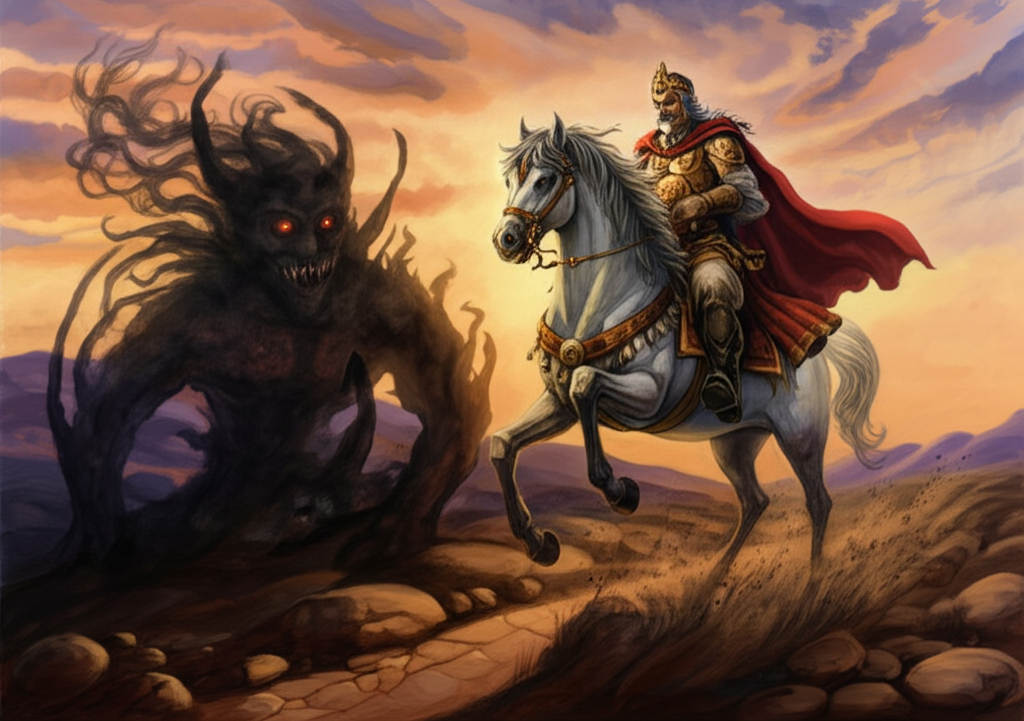
01 Jan 0001
01 Jan 0001
01 Jan 0001
01 Jan 0001
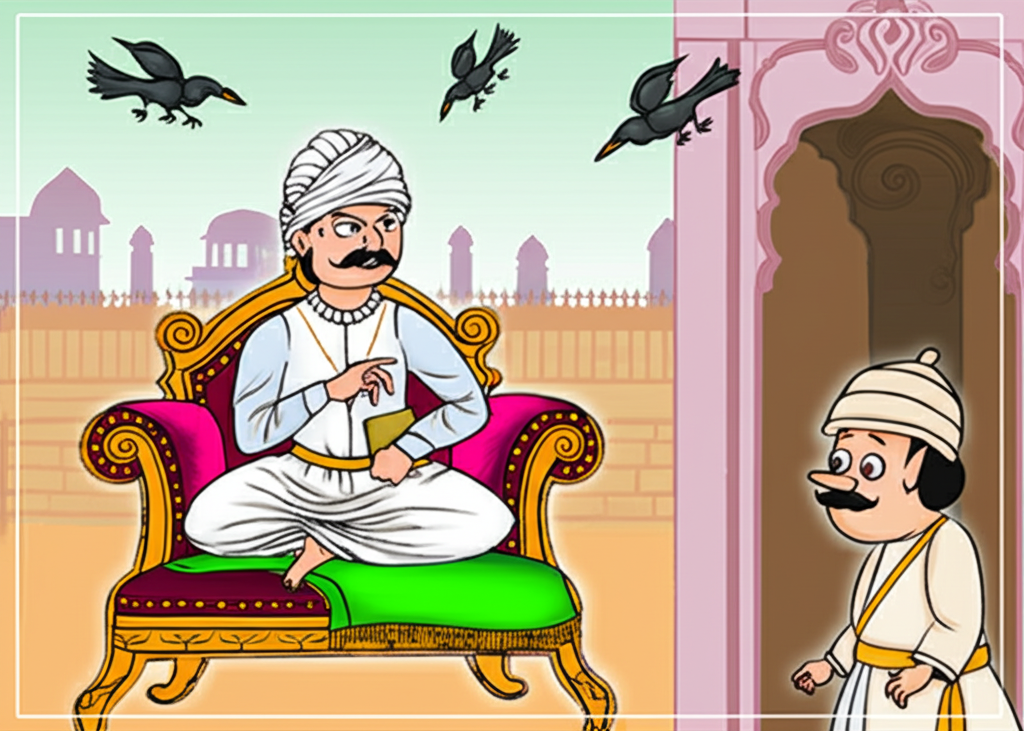
Once upon a time, Emperor Akbar asked a tricky question in his court that surprised everyone. While everyone was trying to figure out the answer, Birbal arrived and asked what the problem was.
1/10
